It's no secret that the climate is changing. Naturally curious, kids love to learn about the planet, how it's changing and how they can help protect the earth. These middle grade books will inspire kids to take action and care for their fragile environment.
This book list includes suspenseful survival narratives in traditional fiction and graphic novel form, as well as nonfiction, science-based informative texts that will impart knowledge and energize them to environmental activism.
The youngest generation knows that the planet's survival depends on humans taking action and making hard choices, even if the adults in their lives aren't always as wise.
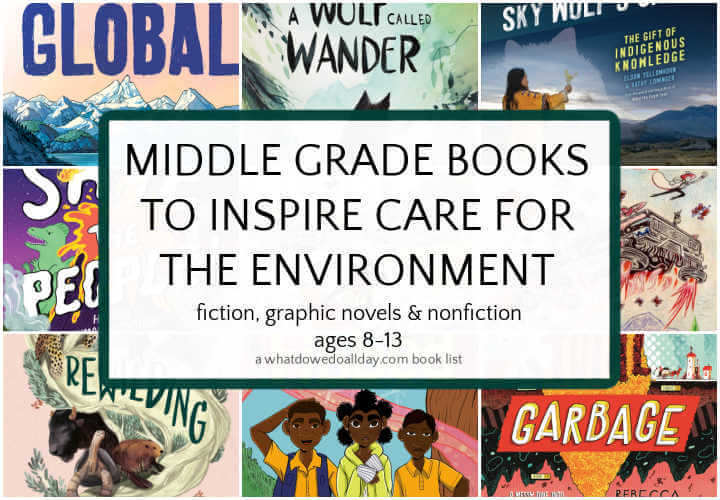
Use the table of contents to skip ahead and find the type of book you are looking for!
Table of contents
Note: this list contains Amazon and Bookshop affiliate links. Purchases made through these links may earn a commission for this blog. Bookshop also supports independent bookstores.
Fiction
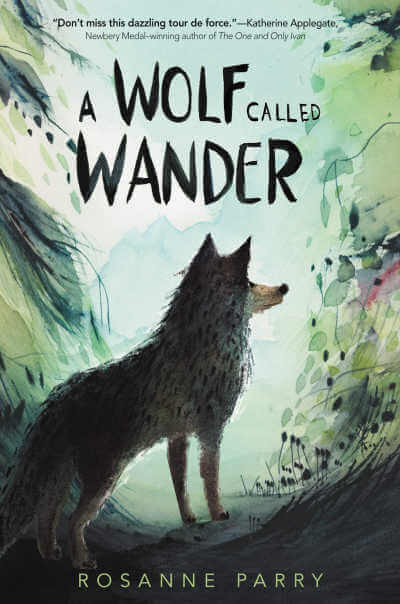
A Wolf Called Wander by Roseanne Parry
I loved reading this book and when I came to the endnotes I was delighted to learn that Parry based her book on a real-life wolf that scientists had been tracking! At the age of two, Wander's pack is attacked by a rival wolf pack and Wander is separated from the rest of his pack. Unable to learn the fate of his family, Wander sets out on a journey of survival. The wolf narrates his own tale and–wow–is it fascinating. The book is full of observations about other wildlife, the impact of humans, and the perils of life as one of nature's most important predators. Your kids will love this story.
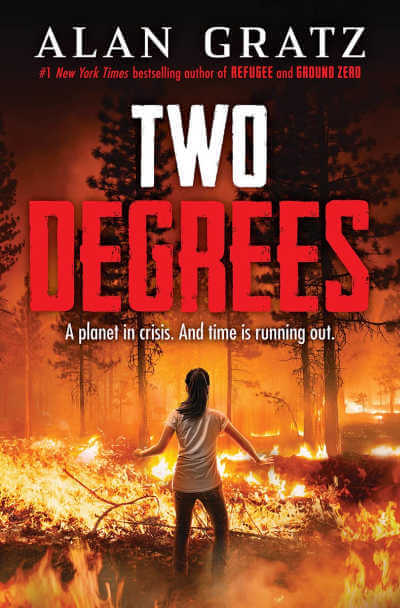
Two Degrees by Alan Gratz
Gratz interweaves three narratives, set in distinct environments, about adolescents experiencing the dangerous effects of climate change. Akira Kristiansen is caught in a California forest fire, two boys living in northern Canada have a run-in with a polar bear, and Natalie Torres is swept from her home in a devastating Florida hurricane. Gratz, whose books I uniformly enjoy, may win scant marks for subtly in this book, but there's no denying the suspense. Each part of the narrative ends on a heart-stopping cliffhanger and you'll have no choice but to continue reading. After their harrowing ordeals, all of the kids meet at a climate awareness event to address the urgency of the global crisis.
MORE: Books for readers who like survival stories
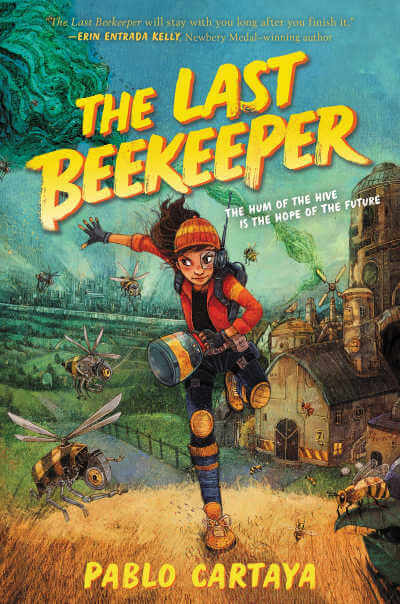
The Last Beekeeper by Pablo Cartaya
This is a great choice for middle grade readers who like a little dystopia and a lot of action in their fiction. Yoly Cicerón's parents are in exile and she and her sister work on the family's strawberry farm. Yoly wants to go to the city to train as a neurolink surgeon, but can't afford it. Unfolding events reveal an oppressive and authoritarian System and secret dangers. Yoly's discovery of the last surviving beehive brings hope that the System can be toppled and past wrongs can be righted.
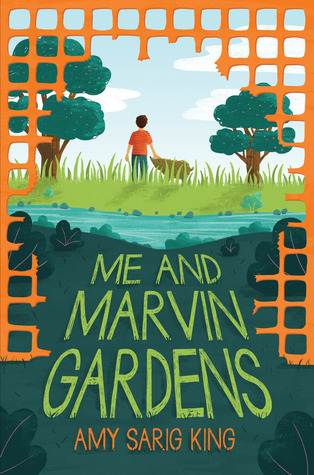
Me and Marvin Gardens by April Sarig King
Obe Devlin lives in a house that has sat on his family's farmland for several generations, but his grandfather lost much of the land and it's now under development for tract housing. Obe spends his time down at the creek looking for animal tracks and one day he spies a strange new creature that eats plastic. Obe names the animal Marvin Gardens because his dad loves Monopoly. Obe tries to keep Marvin a secret but then he discovers Marvin's scat is toxic to the land. While I was reading this book I kept thinking Marvin must be a figment of Obe's imagination, but he wasn't and that makes the book so much better. It would be easy for King's book to devolve into environmental preachiness but it is not at all didactic.
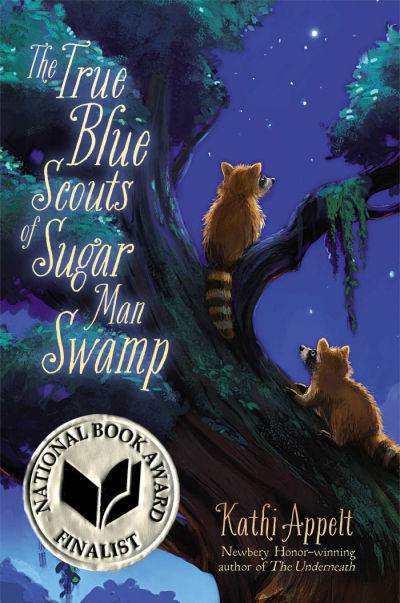
The True Blue Scouts of Sugar Man Swamp by Kathi Appelt
Bingo and J’miah are two raccoons who descend from a long line of raccoons who are entrusted with the job of alerting the mythic Sugar Man in case of an emergency. They decide to do so when a band of feral hogs invade the swamp, their sights set on the sugarcane. Meanwhile, 12-year-old Chad is dismayed to learn that the slimy Sunny Boy Beaucoup (what a name!) wants to convert the swamp into Gator World Wrestling Arena and Theme Park.
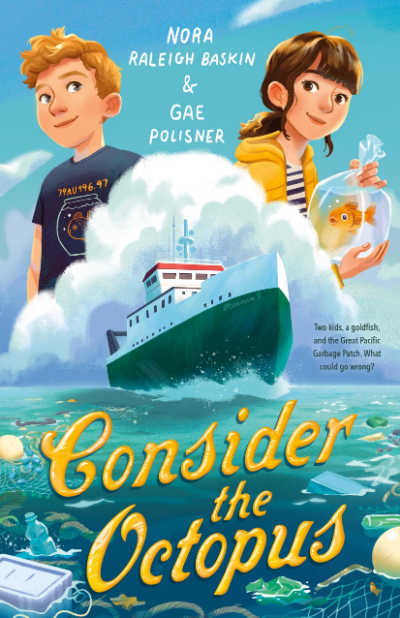
Consider the Octopus by Nora Raleigh Baskin and Gae Polisner
Jeremy, "JB," is all set to spend the summer accompanying his scientist mother aboard the Oceania II. He's not looking forward to it. She's given him the task of contacting another scientist to invite her aboard the research vessel to attend a clean water summit. He gets the names mixed up and accidentally invites 12 year old Sidney. JB and Sidney spend their time aboard trying to hid the mistake, as well as work together to shine a light on the Great Pacific Garbage Patch to alert the public to the problem of ocean pollution. Great caper-like fun with a meaningful message.
MORE: Middle grade books with animal narrators
Graphic Novels
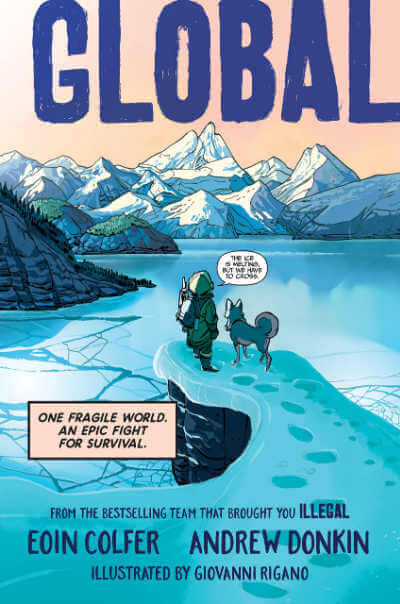
Global by Eoin Colfer and Andrew Donkin, illustrated by Giovanni Rigano
Two narratives highlight the threat of climate change and rising global temperatures. 12-year-old Sami and his grandfather live on the Bay of Bengal eking out a living by fishing. 14-year-old Yuki lives near the Arctic Circle in Canada; her community is facing challenges due to the presence of polar-grizzly bear hybrids known as grolars. Both are young teens whose way of life is directly and dangerously impacted by rising water levels. Filled with suspense and beautiful illustrations, fans of survival stories will enjoy this graphic novel.

Little Monarchs by Jonathan Case
In a post-apocalyptic 22nd century, sun exposure has killed off most mammals, and the majority of humans now live underground and are known as "Deepers." Elvie's parents disappeared after they went in search of monarch butterflies. Elvie and her guardian, who have developed a medicine to help them stay above ground, are working on a vaccine that will allow humans to tolerate the intense sunlight. They follow the monarch's migration patterns but nefarious individuals try to thwart their efforts. The story is riveting and the illustrations are terrific.
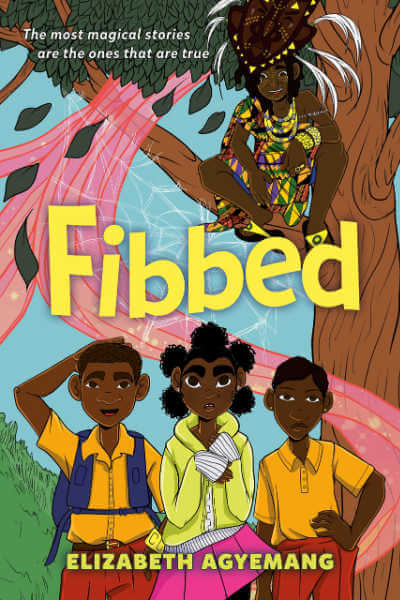
Fibbed by Elizabeth Agyemang
I love any book that can incorporate folktales into the narrative, even if it involves giant spiders. Nana goes to Ghana to spend the summer with her grandmother. Spending time with her cousin and a new friend, she learns that the land is full of magic and inhabited by Ananse, the trickster spider of legend. The trio discovers a group of greedy contractor bosses who are trying to drain the land of its magic, which will destroy the forests and so they set out to thwart the efforts of the men. This is a fun graphic novel, which approaches the theme of environmental care from a unique viewpoint.
MORE: Middle grade books set in different countries around the world
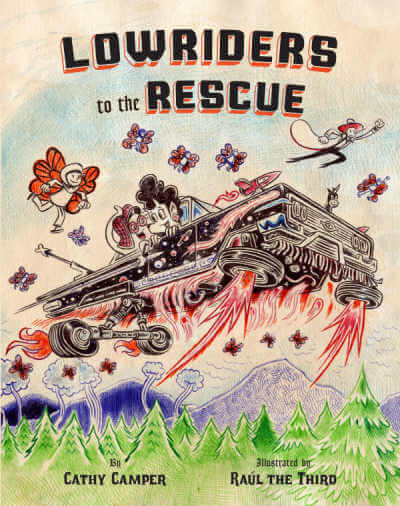
Lowriders to the Rescue by Cathy Camper, illustrated by Raúl The Third
Lowriders to the Rescue is part of Camper's hilarious, popular Lowriders series. Lupe the impala, Flapjack the octopus, and Elirio the mosquito share a passion for lowriders. In this story, the tres amigos meet a monarch on a bicycle who gives them alarming news about a dangerous wildfire. The Lowriders vroom into action to battle the threat of climate change.
Nonfiction
MORE: Nonfiction children's books about the environment
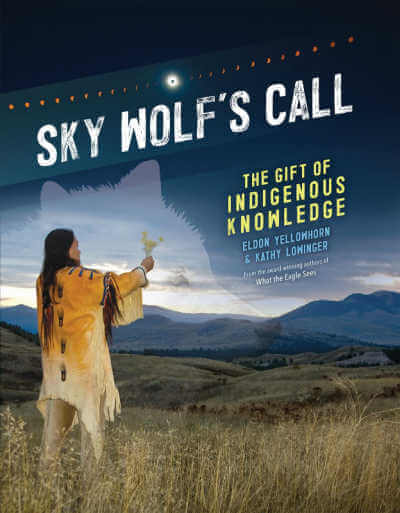
Sky Wolf's Call: The Gift of Indigenous Knowledge by Eldon Yellowhorn and Kathy Lowinger
I adored this book! Authors Yellowhorn and Lowinger detail how Indigenous knowledge explains how everything is interconnected. The book is filled with traditional stories, descriptions of ceremonies and ways of living, as well as practical examples of how elements of nature work together to create a harmonious whole. Profiles of present-day Knowledge Keepers and their work will help readers feel empowered to take action. Highly recommended.
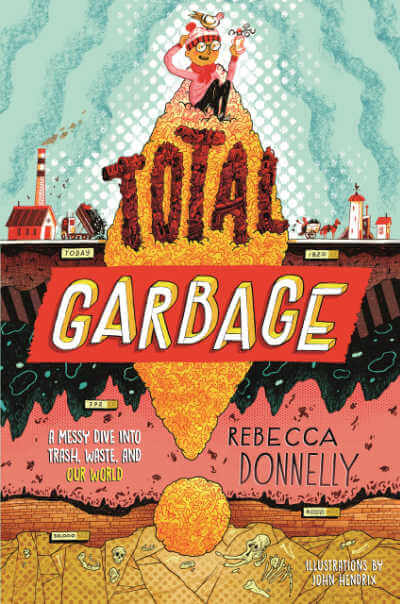
Total Garbage: A Messy Dive into Trash, Waste, and Our World by Rebecca Donnelly
I enjoyed this book, but I do not understand why it did not have a table of contents! Donnelly does a great job of making the topic of garbage entertaining while also drawing much needed attention to the difficulties and problems that our continued creation of garbage creates. She uses history and cultural examples in art and anthropology to give a full picture of the whys and hows and whats of garbage as well as addressing questions about the consequences of such a mess.
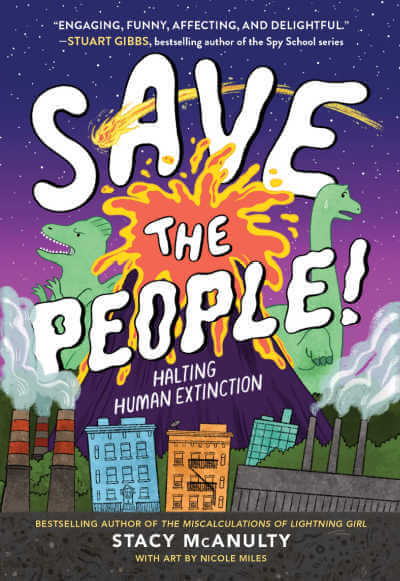
Save the People!: Halting Human Extinction by Stacy McAnulty, illustrated by Nicole Miles
McAnulty's upbeat tone allows readers to consider the consequences of human inaction over climate change without sending them into a spiral of despair. After all, knowledge is power. The book is divided into three parts. The first is a look at the history of Earth, and past extinctions, including a near-extinction of humans. The second looks at possible future scenarios, and the third details what's going wrong today. The writing is funny and engaging, which is good, because the subject is serious and the science is real.

Rewilding: Bringing Wildlife Back Where It Belongs by David A Steen, illustrated by Chiara Fedele
This gorgeous, oversized picture book will appeal to kids who love the animal world. Each double page spread focuses on a specific example of rewilding of a species or a conservation topic, and is chock full of information. Because of the structure of the book, it can easily be studied in multiple sittings. A final section, "What Can You Do?" encourages readers to look at the natural world around them to find inspiration for taking action.



Leave a Reply